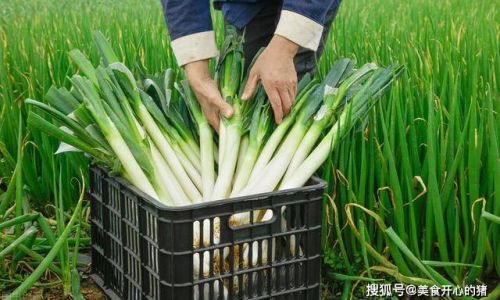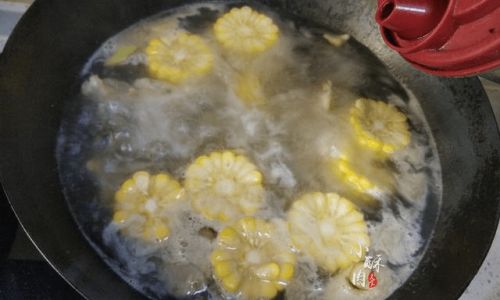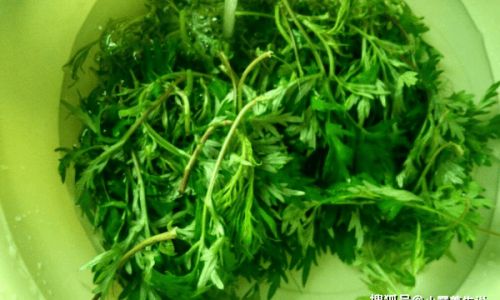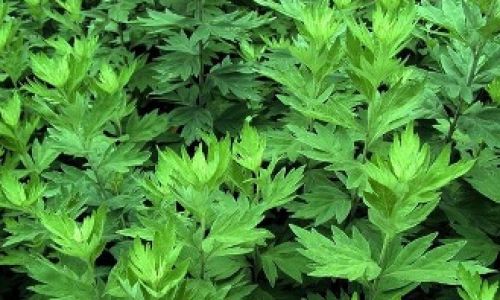Green onions, also known as scallions or spring onions, are a staple in kitchens worldwide, prized for their mild, grassy flavor and versatility in dishes ranging from soups and stir-fries to salads and garnishes. However, their perishable nature often leads to waste, as they wilt or become slimy within days of purchase. Learning how to store green onions long-term not only reduces food waste but also ensures a steady supply of this aromatic vegetable. This article explores eight effective methods to extend the shelf life of green onions, from refrigeration to advanced preservation techniques, helping you enjoy their freshness for months.

Refrigeration: The Basics of Short-Term Storage
Refrigeration is the simplest way to keep green onions fresh for up to two weeks. Start by trimming the root ends and any damaged or wilted leaves. Rinse the onions under cool water to remove dirt, then pat them dry with a kitchen towel. Avoid cutting the green tops unless necessary, as this accelerates spoilage.
To maximize freshness, wrap the onions loosely in a damp paper towel to maintain humidity without causing mold. Place them in a perforated plastic bag or an open container to allow air circulation. Alternatively, stand the onions upright in a jar with an inch of water, covering the roots and leaving the green tops exposed. Change the water every two days to prevent bacterial growth. Store the jar in the refrigerator door, where temperatures are slightly warmer, to avoid freezing.
Freezing: The Ultimate Long-Term Solution
Freezing green onions is ideal for preserving their flavor for up to six months. Begin by washing and drying the onions thoroughly. Chop them into desired sizes—rings, slices, or small pieces—and spread them in a single layer on a baking sheet lined with parchment paper. Freeze for 1–2 hours until partially frozen, then transfer the portions to airtight freezer bags or containers. This “flash freezing” technique prevents clumping, allowing you to use small amounts as needed.
For added convenience, mix chopped green onions with a teaspoon of olive oil or water before freezing. This creates a paste-like consistency that can be scooped directly into hot dishes. Label each container with the date to track freshness. While frozen green onions lose their crisp texture, their flavor remains intact, making them perfect for cooked recipes.
Drying: Preserving Flavor and Aroma
Dried green onions retain their aromatic oils, making them a pantry staple for soups, stews, and seasonings. To dry, wash the onions and pat them dry. Slice them into thin rings or chop finely, then spread them on a dehydrator tray or a baking sheet lined with parchment paper.
- Using a Dehydrator: Set the temperature to 95°F (35°C) and dry for 4–6 hours until brittle.
- Oven Drying: Preheat the oven to the lowest setting (usually 170°F/77°C), place the baking sheet inside, and leave the door slightly ajar to allow moisture to escape. Dry for 2–4 hours, stirring occasionally.
Store dried green onions in airtight glass jars in a cool, dark place. Rehydrate them by soaking in warm water for 10 minutes before use, or crush them into a powder for instant seasoning.
Pickling: Tangy and Crunchy Preservation
Pickling green onions in vinegar or brine extends their shelf life while adding a zesty kick. For quick refrigerator pickles, combine 1 cup white vinegar, 1 cup water, 1 tablespoon sugar, and 1 teaspoon salt in a saucepan. Bring to a boil, then add sliced green onions, garlic cloves, and red pepper flakes. Simmer for 2 minutes, then transfer to sterilized jars. Seal tightly and refrigerate for up to three months.
For fermented pickles, pack green onions into a jar with dill, garlic, and mustard seeds. Cover with a 2% salt brine (20g salt per liter of water) and weigh them down with a fermentation weight. Leave at room temperature for 1–2 weeks until bubbly, then refrigerate. Fermented green onions develop probiotic benefits and a complex sour flavor.
Regrowing: A Sustainable Cycle
Green onions can be regrown indefinitely from their root ends, providing a continuous harvest. Place the root bulbs in a jar with an inch of water, ensuring the roots are submerged but the green tops remain dry. Change the water daily to prevent rot. Within a week, new shoots will emerge. Transfer the onions to a pot with potting soil, burying the roots and leaving the green tops exposed. Harvest the outer leaves as needed, allowing the inner leaves to regrow.

For outdoor gardening, plant the roots in well-drained soil in a sunny spot. Water regularly and fertilize monthly. This method not only preserves green onions but also reduces grocery costs.
Oil Preservation: Infused Flavors and Versatility
Preserving green onions in oil locks in their flavor and creates a versatile ingredient for dressings, marinades, and finishing oils. Wash and dry the onions, then chop them finely. Pack them into a sterilized jar and cover with olive oil, ensuring no air bubbles remain. Seal tightly and refrigerate for up to three weeks.
For longer storage, blend the onions with oil into a smooth paste, then freeze in ice cube trays. Pop a cube into hot dishes for instant flavor. Caution: Avoid storing garlic-onion oil at room temperature, as it may harbor botulism spores. Always refrigerate or freeze.
Vinegar or Lemon Juice: Quick Acidic Preservation
Marinating green onions in vinegar or lemon juice offers a bright, tangy preservation method. Slice the onions into rings and submerge them in a mixture of equal parts vinegar (apple cider or white wine) and water. Add a pinch of salt and sugar, then transfer to a jar. Refrigerate for up to a month, using the onions in salads, sandwiches, or salsas.
Lemon juice works similarly: toss the onions in lemon juice, add a drizzle of olive oil, and season with salt and pepper. This method softens the onions slightly, mellowing their sharpness.
Combination Methods: Maximizing Shelf Life
For the longest preservation, combine techniques. For example, blanch green onions in boiling water for 15 seconds, then shock them in ice water. Pat dry, chop, and freeze in airtight bags. Blanching retains color and texture better than freezing raw onions.
Vacuum-sealing chopped green onions before freezing prevents freezer burn and extends storage to up to a year. Alternatively, mix with a small amount of ascorbic acid (vitamin C powder) to prevent browning, then freeze.
Conclusion: Choosing the Right Method for You
The best preservation method depends on your needs. Refrigeration suits short-term use, while freezing and drying cater to long-term storage. Pickling and oil infusion add gourmet flair, and regrowing offers sustainability. Experiment with these techniques to find your favorite. By mastering green onion preservation, you’ll never face a wilted bunch again—ensuring this humble vegetable remains a vibrant part of your culinary repertoire.





0 comments